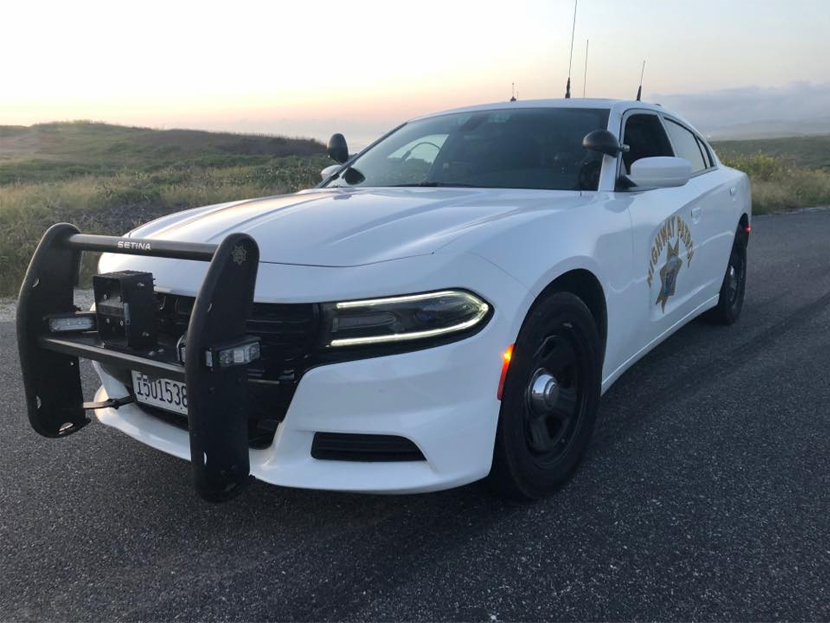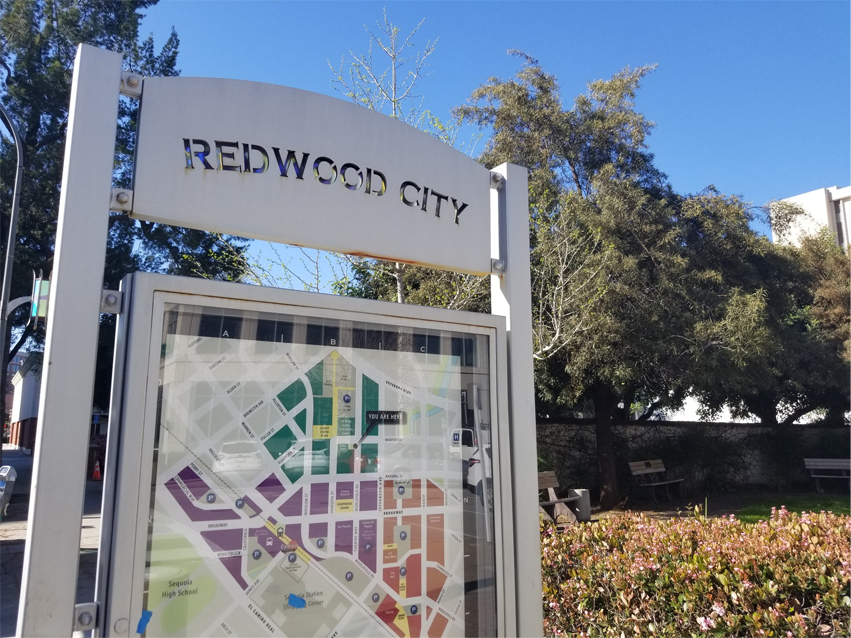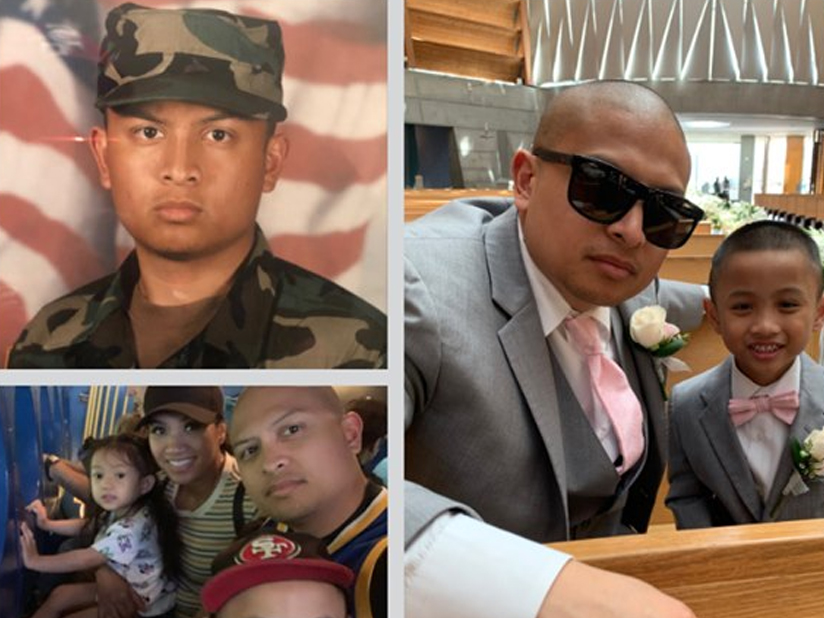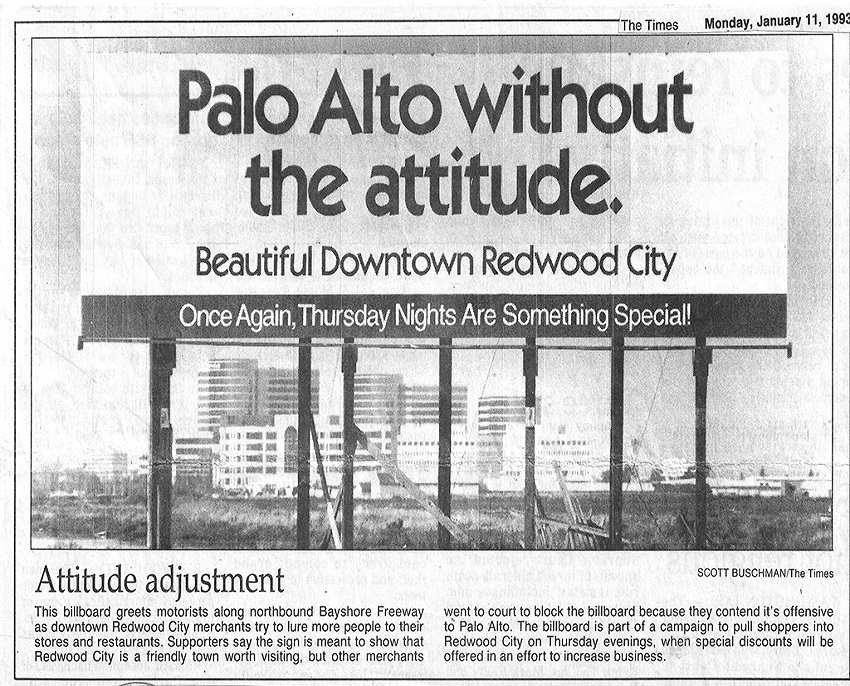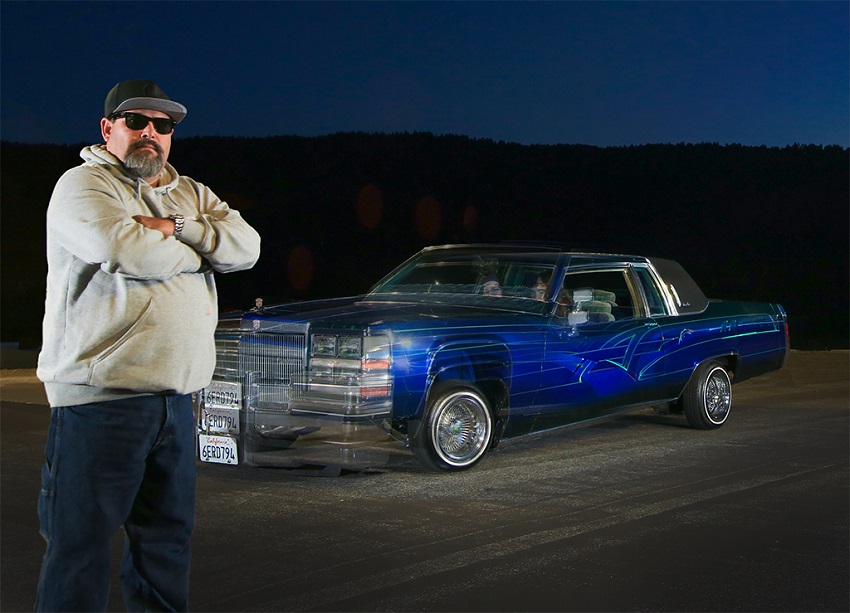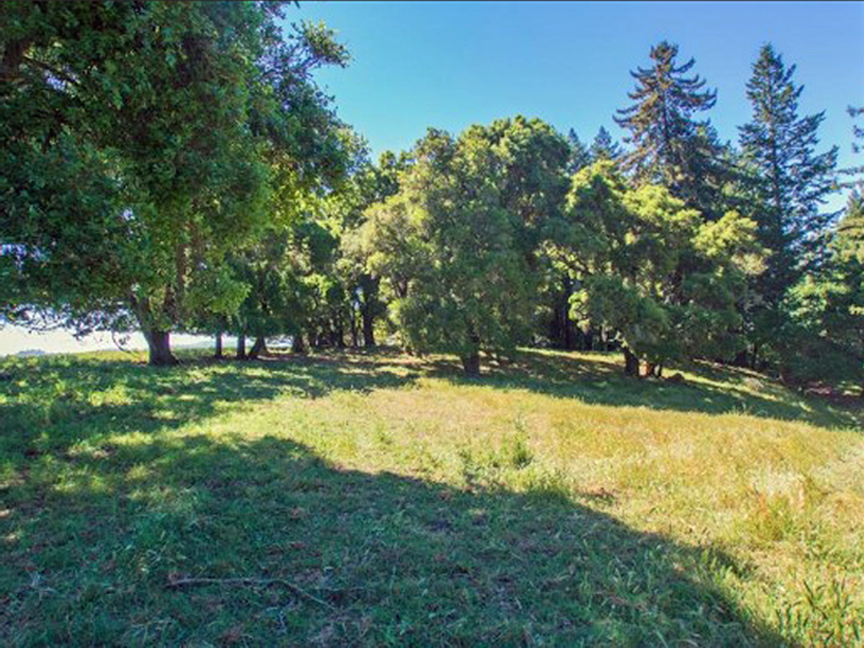Motorcyclist killed in collision on Highway 84 identified

A 27-year-old Santa Clara man has been identified as the motorcyclist who was killed in a collision with a tow truck Friday along Highway 84 in Woodside, according to the San Mateo County Sheriff’s Office.
The victim, identified by the county coroner’s office as Tyler Ross Carlberg, was riding a motorcycle on the highway (La Honda Road), about a half-mile west of Portola Road, about 4:50 p.m., the sheriff’s office said.
The cause of the collision remains under investigation and the sheriff’s office is requesting anyone with information to contact the San Mateo County Sheriff’s Office Anonymous tip line at 1-800-547-2700.

